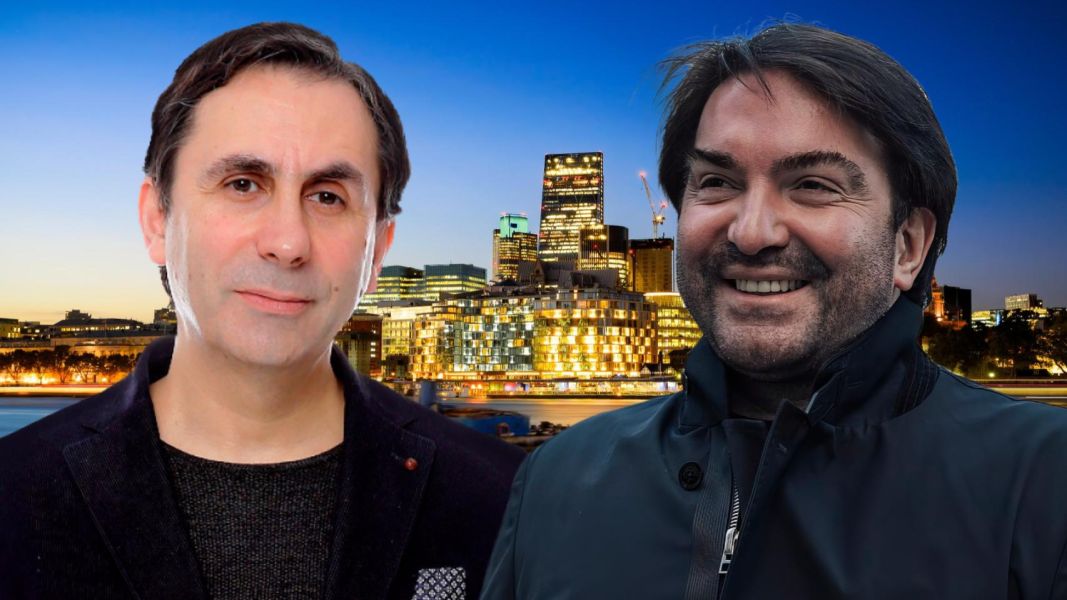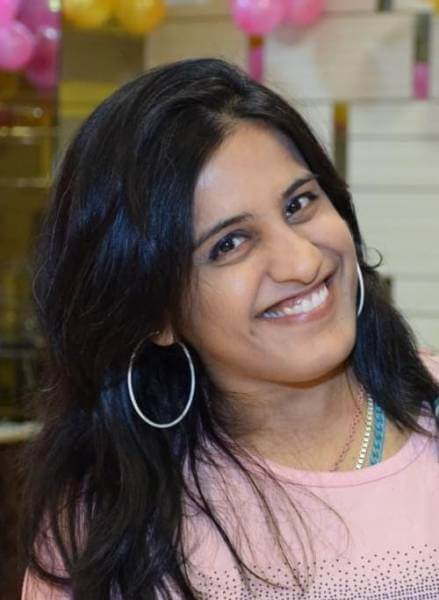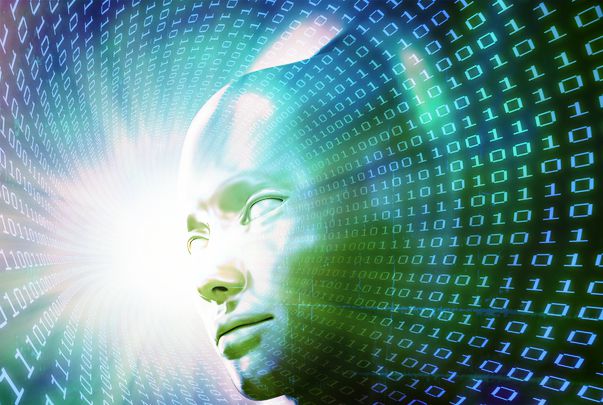Dinis Guarda interviews Cevat Yerli, game developer and the founder of TMRW Foundation, in the latest episode of his YouTube Podcast. The two discuss how gamification of societies leverages the world with technology to make it more efficient, while also highlighting the importance of an Internet of Life in the modern world. The podcast is powered by Businessabc.net and citiesabc.com.

Founded in 2017 by Cevat Yerli, The TMRW Foundation is a hybrid tech company that creates technologies, products, and services to empower communication, gamification, digitalisation, and urbanisation with the power of reality. TMRW Foundation holds a portfolio of over 300 patents, striving to shape a people-centric future for Web3, termed The Internet of Life, to unlock the boundless potential of human communication.
“With this, our sole aim was to tackle giga trends and find solutions to how we can better handle global challenges like climate change or improve the quality of life of people”, he tells Dinis.
Cevat is a pioneering figure in the world of computer games who founded Crytek, a company that later produced a series of critically acclaimed blockbuster IPs, including renowned titles such as Far Cry and Crysis. These games captivated the imaginations of millions worldwide and garnered widespread player engagement.
During the interview, Cevat shares his vision with Dinis:
“I believe that technology should serve society, not vice versa. It should provide access to places and people with seamlessly interconnected 3D spaces. We want to empower the human capital across the world, especially those disadvantaged by their location, with the power of the internet.”
The gamification of societies: Empowering people with technology
Cevat told Dinis that by integrating game-like elements into various aspects of daily life, from education and healthcare to work and civic participation, societies harness the motivational appeal of games to encourage positive behaviors and foster collaboration.
“Advanced gamification brings people together in 3D spaces so that they can overcome challenges together”, he says.
He also highlighted that the TMRW Foundation developed the world’s first metaverse service center that was designed specifically for the UAE Ministry of Health and Prevention (MOHAP). The patient-provider portal makes it possible for customers to log on to MOHAP’s website and, with the click of a button, instantly access a three-dimensional virtual medical office.
The real-time multi-dimensional interface enables the public to access services such as renewal of medical licenses, payments, diagnostic appointments, check-ups, and other MOHAP-related services, all accessible regardless of whether or not the user is in the United Arab Emirates or abroad.
“If you bring people into a 3D website where they can do certain things in a light game-like way, it will be more convenient and efficient than a 2D interface. The key message here is that governments, businesses, small or big, will need to start using gamified or game-like experiences to reach their customers in order to produce more efficient outcomes”, said Cevat.
The Internet of Life: A foundational layer of the metaverse economy
With the metaverse evolving itself into a complex digital realm that encompasses virtual spaces, immersive experiences, and interconnected ecosystems, the Internet of Life serves as the underlying infrastructure that facilitates seamless integration between virtual and physical realities.
Cevat explained to Dinis that every aspect of human life can be “3Dfied” to bridge the gap between the virtual and the real world. He explained this concept using ROOM, a lifelike 3D video conferencing technology for virtual meetings created by The TMRW Foundation’s Internet Of Life™.
Utilising end-to-end encryption, artificial intelligence, and patented RealityOS™ technology to transform, naturalise and gamify the remote meeting experience, ROOM enables the use of people-centric social environments for effective meetings and collaboration.
“It’s the best place to meet, collaborate, or create online. ROOm provides an improved communication value, less tiredness, and a more efficient and convenient way of reaching people.”
This interconnected network encompasses a vast array of smart devices, sensors, and data streams embedded within the fabric of everyday life, enabling real-time communication, data exchange, and automation.
“I’m convinced that the power of 3D and the power of sharing yourself digitally with somebody else and getting together has almost unlimited power. The Internet of Life, as we see it, is about interconnecting the 2D addresses with their 3D destinations. Step by step, but we will eventually get there”, said Cevat.

With a driving passion to create a relatable content, Pallavi progressed from writing as a freelancer to full-time professional. Science, innovation, technology, economics are very few (but not limiting) fields she zealous about. Reading, writing, and teaching are the other activities she loves to get involved beyond content writing for intelligenthq.com, citiesabc.com, and openbusinesscouncil.org




























